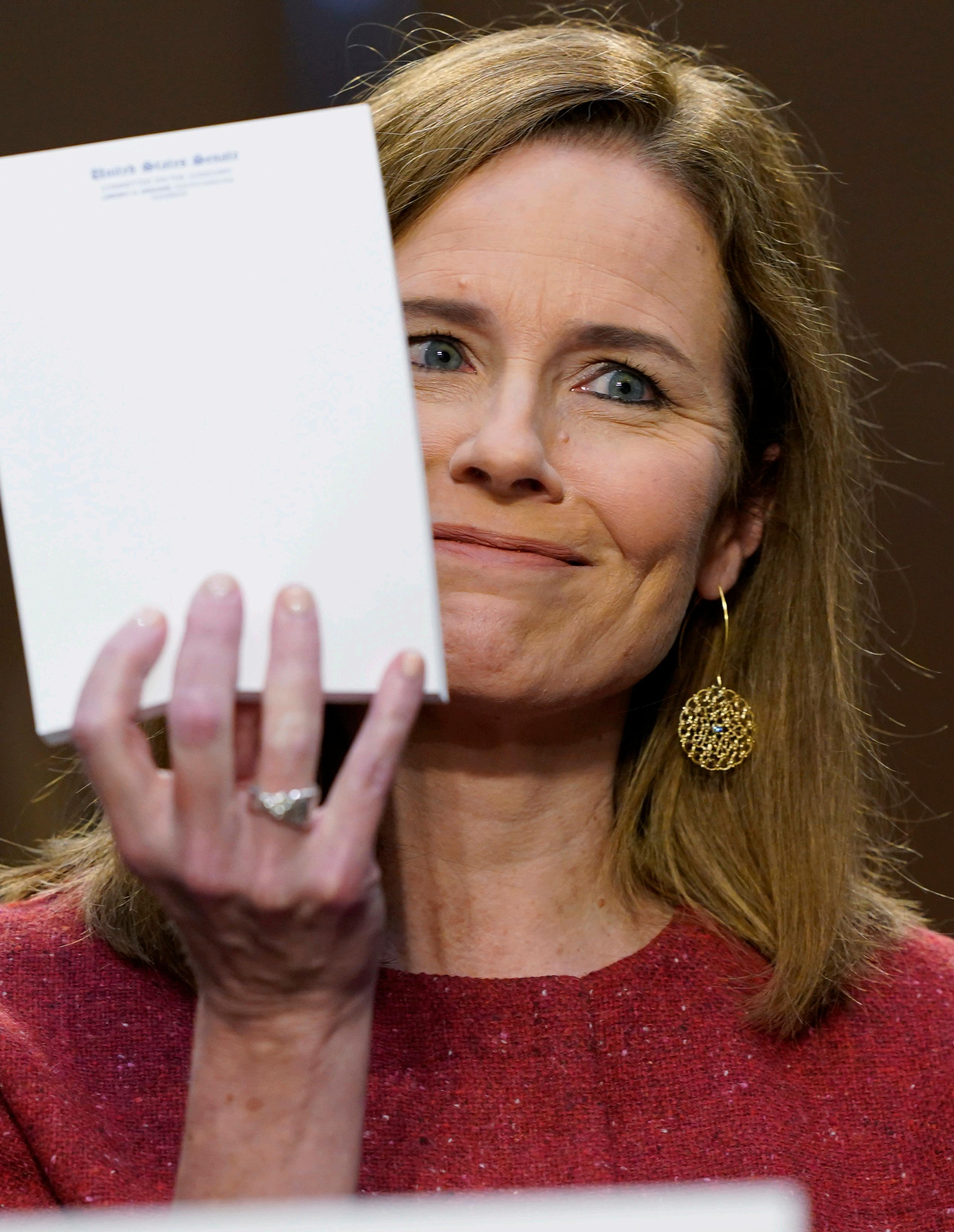
3 minute read
Featured Person

Author-Luke Carroll ‘22 Section-Featured Person
California v. Texas, a unique chal- insurance coverage, through either lenge to the Affordable Care Act (ACA), private or public options. However, as will be heard on November 10, 2020, by a of the 2017 Tax Cuts and Jobs Act (TCJA), Supreme Court which by then will include the individual mandate has been leveled recently-appointed Justice Amy Coney down to zero dollars per year. The lawBarrett. During her week of hearings and suit, filed in February of 2018, litigates independent meetings in the Senate, Dem- only this newly-flattened mandate, not ocratic Senators made clear that the threat whatever past penalties may have exshe posed to the ACA was grave enough to isted before 2017 or may have injured oppose her confirmation, let alone their plaintiffs. So, in Judge Barrett’s own questions of the legitimacy of the nomi- terms, a provision with no real effect nation so close to a general election. Dem- (even if ruled unconstitutional) could ocrats focused closely on the California v. be severed from the rest of the statute Texas case, where the threat to the 2010 without obstructing Congress’ initial health law might actualize. Judge Barrett, intent. In passing the TCJA and leveling however, has alluded to a stance on the the individual mandate, Congress has principle of severability, which may save made clear its intentions for the law -- the ACA in the November case. the individual mandate is almost cerJudge Barrett stated in her testimo- tainly not vital or salient for the execuny that the severability option for a court tion of the ACA as a whole. holding could be described as a tool for the Judge Barrett has been precise in Judicial Branch to assist the Legislative; concealing any “forecast” or “clue” as to even if a statute’s provision were to be how she may rule as an Associate Justice ruled unconstitutional, it could reason- on the Supreme Court; still, she does ably be severed from the remainder of the openly approve of the use of severability statute if not vital or salient to the overall as a tool at the Court’s disposal. For this law (and its execution). In this way, the Su- reason, the ACA may not be at tremenpreme Court could enforce Constitutional dous risk on November 10; in fact, this law in a more surgical manner, preserving narrow provision of the law which both most of the legislation crafted by another Democrats and Republicans have sought branch of government -- “the Court and to strike down in the past may simply be Congress working hand in hand,” in Judge removed after years of controversy, posBarrett’s own words. As long as the re- sibly for the betterment of the law. And maining law effectuates the intent of the even if the mandate is deemed non-sevCongress that passed it, the law as a whole erable from the remainder of the law, could still stand. the Court could pursue another path
“Severability is like a Jenga game … can -- only ruling the provisions of the law you pull one [provision] out while it all that injured plaintiffs as unenforceable stands?” (a broader but still recoverable setback California v. Texas is a challenge to for the ACA). While Judge Barrett has the ACA’s minimum essential coverage only revealed a position on the severprovision, otherwise known as the indi- ability principle, there are several avevidual mandate. The mandate provides for nues for the ACA to survive this threat a financial penalty on Americans that do to its legality as it has done for more not maintain a minimum level of health than a decade.
The Podium | Featured Person
35




